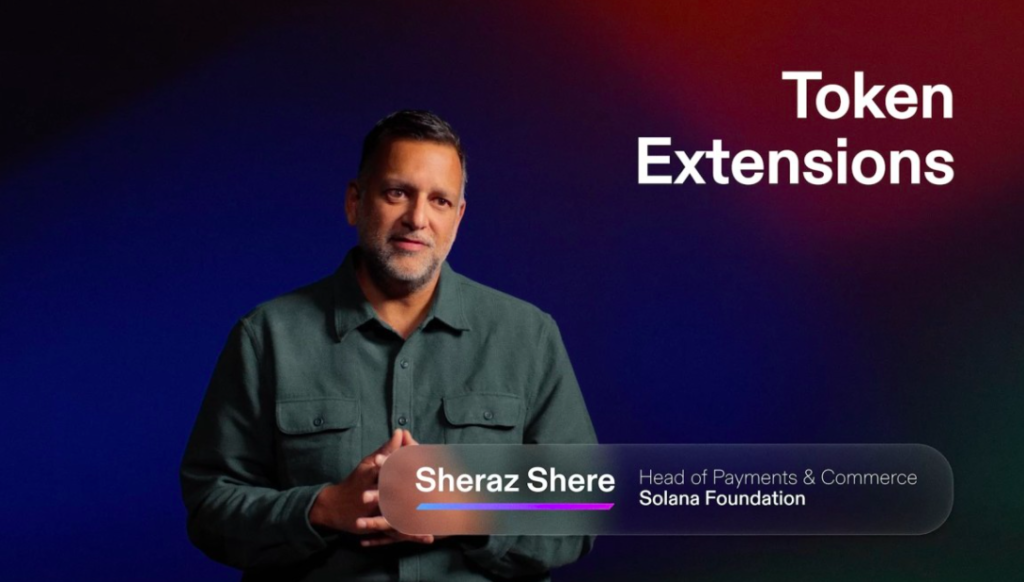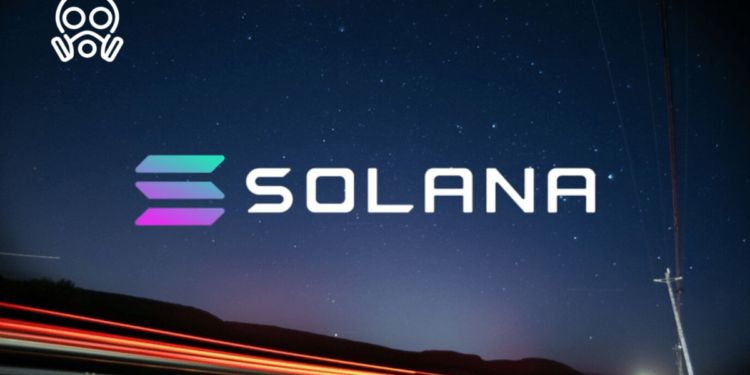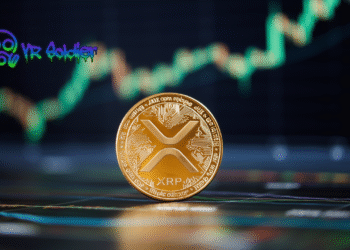The landscape of digital assets, blockchain, and Web3 technologies is undergoing a significant shift. What was once considered theoretical or even viewed with skepticism due to past scandals and volatility is now increasingly transitioning into practical use cases. In a recent interview with Sheraz Shere, Head of Payments at Solana Foundation, the landscape of digital assets and blockchain is explored, emphasizing the need for accelerated cryptocurrency adoption and compliance-driven growth.
Head of Payments at Solana Foundation: Accelerating Cryptocurrency Adoption
“It’s important to understand that crypto is not just about Bitcoin, Dogecoin, and NFTs,” says Sheraz Shere, Head of Payments at the Solana Foundation. “Blockchains are fundamentally alternative rails for payments and financial assets.” However, a key challenge remains in accelerating cryptocurrency adoption.

This requires a shift in perspective, moving from simple awareness to widespread adoption, particularly among senior leaders in the financial services industry. “In terms of mainstream adoption, we’re still very early on, even in terms of awareness,” Shere added.
Critical infrastructure that will allow regulated banks, payment companies and fintechs build on a public blockchain while adhering to all of their compliance requirements. https://t.co/Mw1C5lGJLM
— sheraz (@SherazShere) January 24, 2024
While crypto enthusiasts possess a deep understanding of the technology, there’s a critical need for education among executives. This will allow them to truly grasp the practical applications and future potential of cryptocurrency within the realm of payments. “For example, there’s a lot of excitement around these new real-time payment systems,” Shere says. “Imagine a global real-time payments system that operates without a central authority. Well, that’s exactly what we have with stablecoins running on a network like Solana – a fully permissionless, decentralized system enabling instant settlement.” “Don’t get caught up in the noise,” he adds. “There’s a lot of hype surrounding crypto, but there are also some truly interesting underlying technologies that financial services leaders need to understand.”
Compliance as a Catalyst for Growth and Adoption
The journey from a theoretical understanding of crypto payments to their practical implementation as an innovative value transfer mechanism involves navigating long-held misconceptions about the space and the complexities of fragmented regulations.

“There are a lot of misconceptions within the financial services industry regarding compliance and regulation,” says Shere. “People often think they wouldn’t want to touch blockchain with a ten-foot pole. While that may have been somewhat true in the past, a whole new set of protocol-level controls now exist, offering even finer-grained control than what you often have with traditional financial rails.”
These advancements allow for features like confidentiality with auditability, control over which wallets can interact with assets, and the ability to perform reversible transactions or freeze and seize assets. However, compliance is driving development in the crypto industry and paving the way for innovation. Token extensions, a native token program on Solana, represent an advancement in tokenization standards.
These extensions, according to Shere, embed compliance features directly into tokens, enabling fine-grained control over transactions. From features like confidentiality to transfer hooks, these capabilities allow regulated entities to tokenize assets while adhering to compliance requirements – an essential step in gaining trust and acceptance from traditional financial institutions.
Real-World Solutions Drive Awareness and Acceptance
While awareness, acceptance, and adoption are all crucial factors in driving the evolution of cryptocurrency within payment ecosystems, two other critical considerations will determine crypto’s success: usability and utility. “One of the challenges has been that the technology hasn’t always been user-friendly,” Shere says. “It’s often been designed by engineers for engineers, making it very tech-centric and not focused on use cases or user experience.”
He emphasizes the need for both crypto players and enterprise businesses to focus on real-world use cases, such as cross-border payments, where blockchain solutions offer significant advantages over traditional systems. “The end user might not even know they’re using blockchain,” he explains. “They’ll simply know that they can easily send money to anyone in hundreds of countries without needing to travel to a physical location or use correspondent banking.” This messaging reflects a deliberate effort to engage enterprises, including Fortune 500 companies, in embracing blockchain technology.
By demonstrating the practical applications and scalability of blockchain, Shere explains that the Solana ecosystem seeks to position itself as a partner in enterprise innovation for financial institutions looking to enhance efficiency and expand their market reach.












